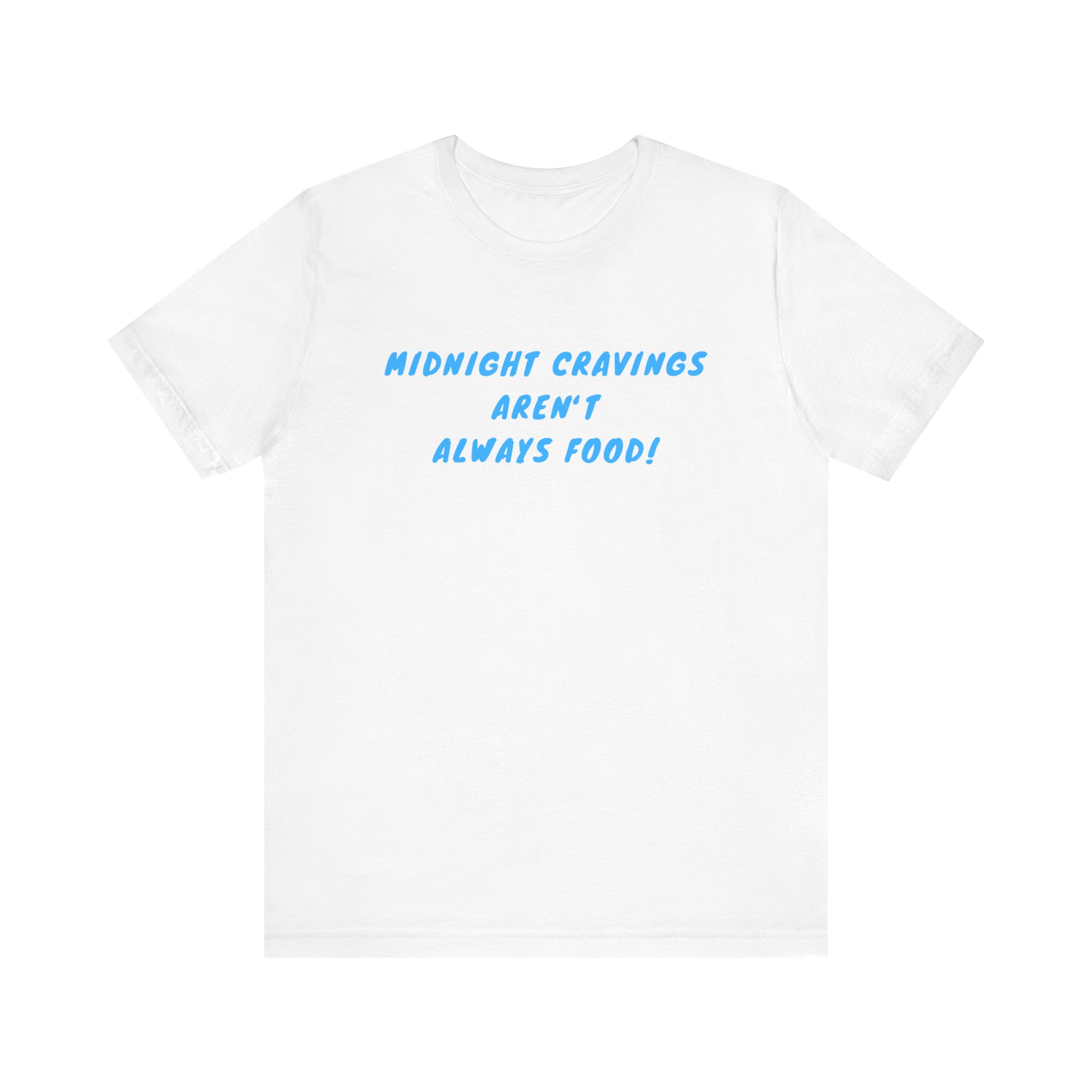The prologue of this tale is both short and fragmented, like the recollections of a terrible dream. A bargain made under cover of night, a peasant couple exchange their first-born daughter for their very survival. In those grim times, such a trade is not completely unheard of. But, the creature who had caught the husband thieving in her garden was no ordinary landowner. She held the pair in thrall, and with insidious whispers, convinced them that their baby would be cared for as well as any child that ever lived.
The witch named the girl Rapunzel, after the rampion stolen by her now forgotten parents. As promised, she was raised well, and grew to become an energetic young girl. As if in direct contrast to the squat, shadowy aspect of her Mother Gothel, Rapunzel was tall, fair of skin and spirit. She was dressed in gowns of vibrant blue and gold, many of which she’d learned to sew herself. She often played on her own in the gardens and trees that surrounded the house of the great witch. A tall wall of stone, which defined the limits of her personal universe, sealed off the grounds. Unseen and unknown to the outside world, all of Rapunzel’s learning and knowledge came from the bitter lips of Mother Gothel.
As Rapunzel continued to grow, so did her hair. Golden blonde, its texture was as fine as silk. By age six it draped down to her feet. By twelve, it was so long it had to be woven into a single complex braid so as to be in any way manageable. Wrapped around her neck and shoulders, one might have mistaken it for a scarf of exceptional quality and beauty.
Rapunzel’s twelfth year of life brought other changes as well, one’s that would alter things forever. It began with the gradual, subtle growth of her chest. Thin, curly strands of hair appeared on her pubis. All of these things passed without incident or comment, but the smear of red that marked her thighs send Mother Gothel into hysterics.
“Do you know what this is,” the witch hissed, rubbing the bright blood between her claw-like fingertips.
Rapunzel shook her head; afraid she’d done something terrible.
“It is your menses,” she said. “Your first, so it seems. Very powerful magic, this is, both unclean and pure.”
Rapunzel still didn’t understand.
“You are becoming adult,” Gothel told her. “Soon, you will yearn for the company of men, who will in turn covet both your beauty and your womb. This cannot be allowed to happen.”
But, even she couldn’t halt the course of nature. The only thing to do was to put Rapunzel away; somewhere she could never be touched.
Mother Gothel made her adopted daughter gather all the clothing she could, then led her off into the dark woods not far from their home. Here, the forest ground was littered with the disordered and moss grown stones of a long fallen castle. The witch set Rapunzel within a circle of these stones, and with a spell, made the girl fall into a deep sleep.
Rapunzel awoke with the morning sun beaming down onto her face. Turning over, she found that the sunlight was actually streaming forth from a narrow window. Rising up in a near panic, she came to realize that that window was the only opening within the large circular chamber she now found herself.
“So, you are awake.”
Mother Gothel sat cross-legged on a straw mattress set against the curving wall. It was one of the few bits of furniture in the otherwise barren stone room.
“Where am I,” Rapunzel asked, continuing to take in her surroundings. The place was unlike anything she was familiar with from their house.
“This is your new home,” the witch told her. “It is a tower, twenty ells high, without stairs or doors. There is no hope of either escape or entrance”
Rapunzel stared at Mother Gothel in horror.
“But, why?!”
“To keep you pure and untouched. Here you will remain until your monthly flows finally end. Both virgin and finally barren, you will be ready to become what I am.”
The full meaning of those words was lost on Rapunzel. She couldn’t know that the witch intended to sequester her until the time of her menopause, some thirty or forty years from now. She was ignorant to the secret of Mother Gothel’s longevity; the exchange of flesh for flesh that would ultimately negate her existence in favor of the witch.
All Rapunzel knew was that she was to remain here, an irrevocable prisoner. Every few days Mother Gothel would visit, bringing food, water and other supplies. With the absence of any entrance from the ground, the witch concocted a strange and terrible method to ascend the tower. As arranged, Mother Gothel would shout out, “Rapunzel, Rapunzel; let down your golden hair!”
On this call, the girl would unwind her plaits, then twist them around an iron hook set close to the window. Throwing out the remarkable length of her thick braid, the witch would climb as if it were common rope.
If the conditions of Rapunzel’s imprisonment seemed cruel, at least she was capable of finding some moments of happiness. Eventually provided with a spinning wheel and a small loom, she could create new clothes for herself to suit her growing and changing figure. She would also invent tapestries, in order to cover the gray and disheartening stonewalls that surrounded her on all sides. Sadly, this situation didn’t last long, was they both realized how those fabrics could be made into a form of escape. Gothel snatched them all up, offering nothing in return to make up for the loss.
Rapunzel also learned to sing; inspired by the birds she spied through her solitary window. In time, her voice became refined and equally melodic. Unheard, her songs were so full of longing and hope; they could have evoked tears.
She also took meticulous care of her body. This was an age when soap was thought to be mildly poisonous, and hygiene of any kind was largely the purview of the aristocracy. Rapunzel, however, was immaculate. Every morning was consumed with the ritual of bathing, using a copper basin and the fresh water Mother Gothel would bring. Every part of her pale, lean body received attention, but none more so than her hair. Soaked in soap and water, she would scrub the entire length clean. This often required unbraiding and brushing it out before reassembling it into it’s original long plait. When it was still damp and loose, she would fan out around her like a vast golden fleece, or the expanding wings of an angel. Still, much clung to her body in thick, difficult to manage tendrils.
If Mother Gothel imagined that Rapunzel’s isolation would keep her from the temptation of carnal desire, she wasn’t entirely correct. With so little to occupy her time and attention, Rapunzel could only find comfort and amusement in her own flesh. She didn’t know whether what she did was right or wrong, but her instincts told her to keep this a secret from Mother Gothel, just as she wished she’d hidden that smear of blood on her thigh so long ago. So, under the blanket of evening darkness, Rapunzel would lie naked on her rough cot, and sooth and explore her body with her fingertips. She delighted in the sensations she could evoke, sometimes even using her own hair instead of her hands when she was feeling very needful indeed. It all felt strange and wonderful; the rubbing between the thighs, the warmth and the wet.
Six years after Rapunzel was first imprisoned in the tower, events conspired to change things once again. The agent of that change arrived in the form of a young man riding a black stallion. This was no ordinary traveler, however. The youth with wild dark hair was none other than Stefan, third prince to the royal throne.












